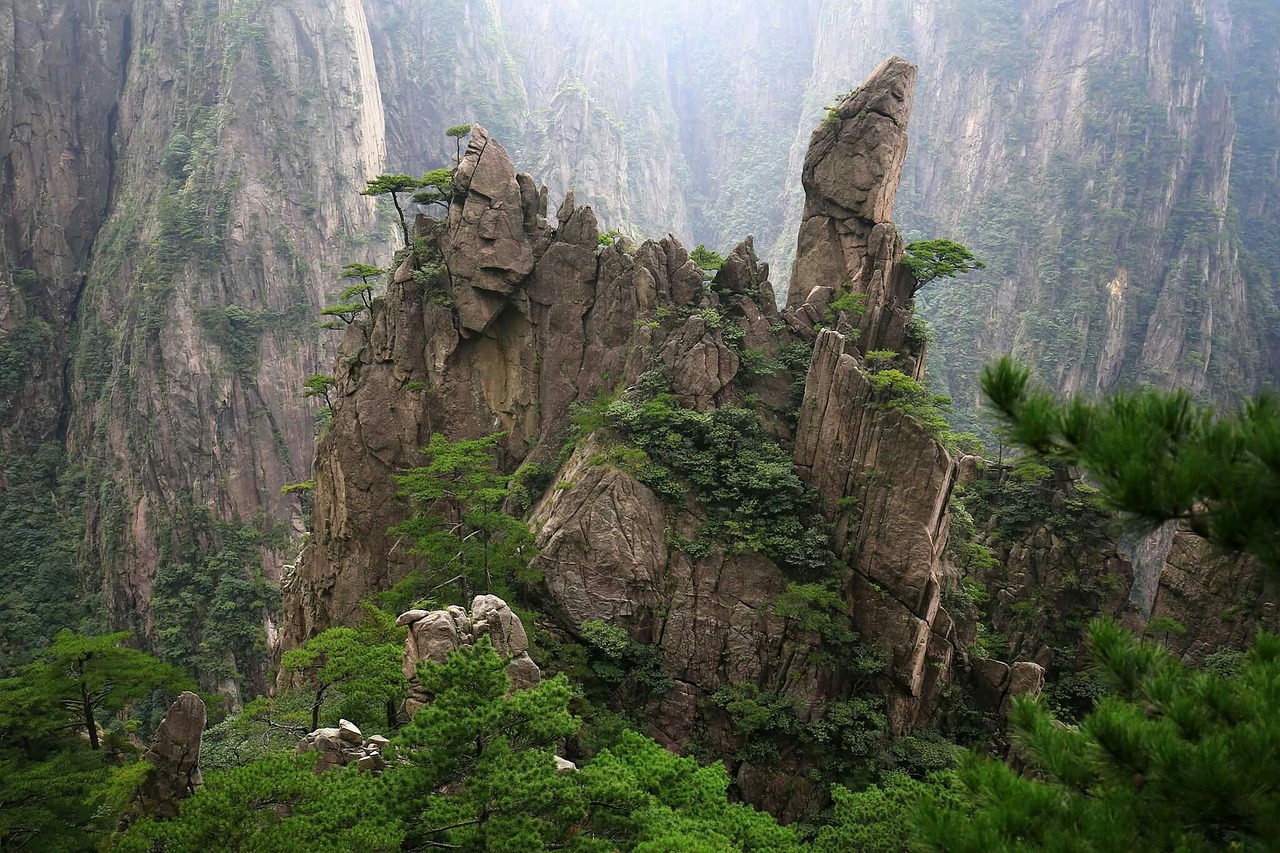It is expected that many species will have to migrate to a more favourable environment during the next century, as a consequece of climate change and the strain it puts on the stability and cohesion of ecosystems. A further solution for species to adapt to the new environment, which presents the potential source of genetic variation that can aid adaptation to climate change, is introgression from closely related species.
Paper Abstract
Introgression may act as an important source of new genetic variation to facilitate the adaptation of organisms to new environments, yet how introgression might enable tree species to adapt to higher latitudes and elevations remains unclear. Applying whole-transcriptome sequencing and population genetic analyses, we present an example of ancient introgression from a cypress species (Cupressus gigantea) that occurs at higher latitude and elevation on the Qinghai-Tibet Plateau into a related species (C. duclouxiana), which has likely aided the latter species to extend its range by colonizing cooler and drier mountain habitats during postglacial periods. We show that 16 introgressed candidate adaptive loci could have played pivotal roles in response to diverse stresses experienced in a high-elevation environment. Our findings provide new insights into the evolutionary history of Qinghai-Tibet Plateau plants and the importance of introgression in the adaptation of species to climate change.
Read the paper in full
https://www.nature.com/articles/s42003-019-0445-z







